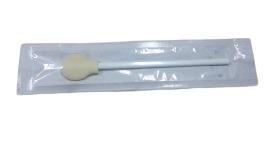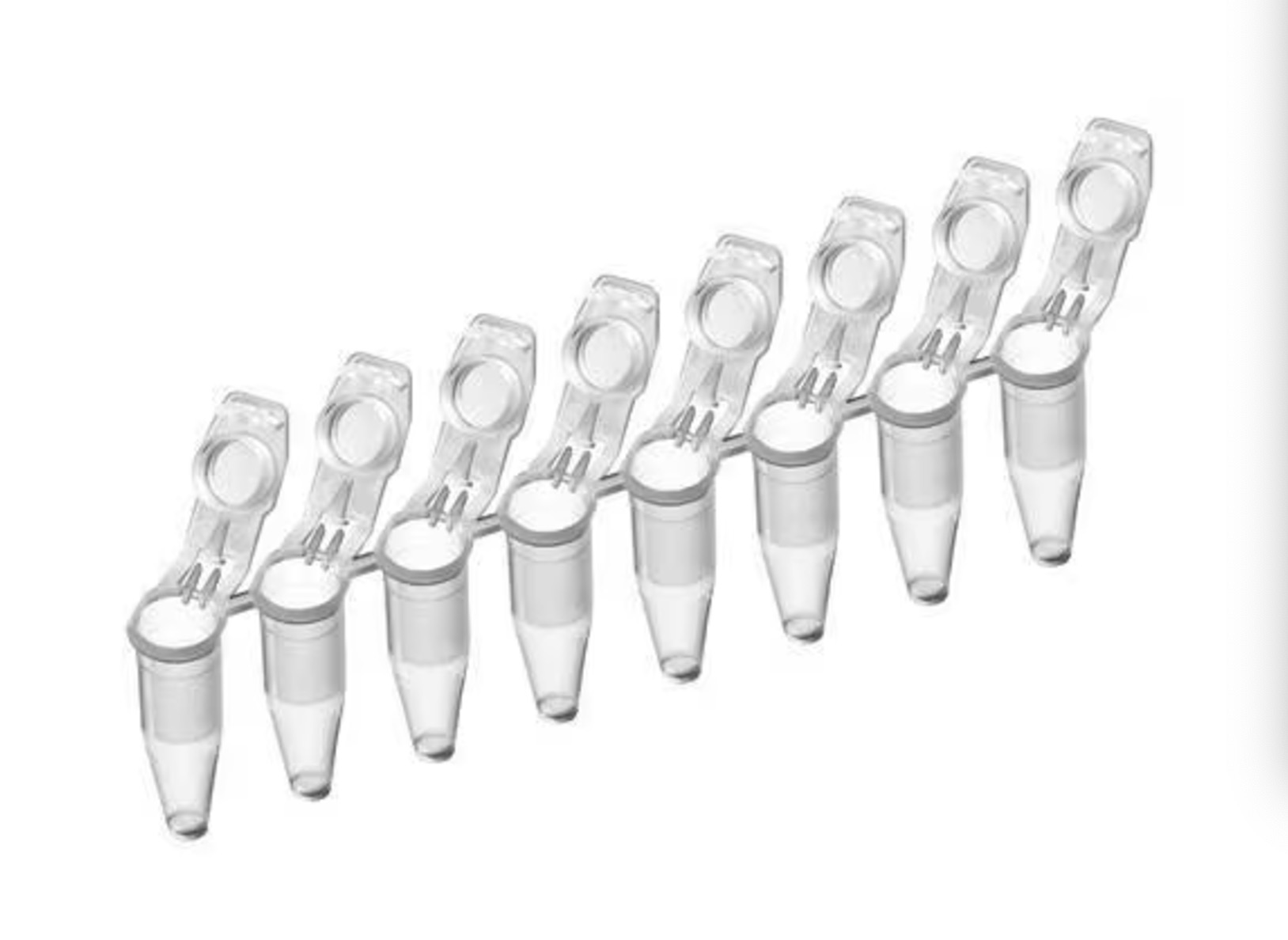Micro-Evidence Solution: Key Swab Tips
Micro-biological evidence extraction solutions are designed to help collect and preserve microorganisms, DNA, or other biological materials from surfaces using swabs. This technique is crucial in forensic, environmental, and medical investigations for accurate and efficient sample collection. Content Choosing the Right Extraction Solution Solution Composition: The extraction solution should be tailored to the type of... Continue reading→
Role of Blood Sample Cards in DNA Database Construction
This article explains the role of blood sample cards in DNA database construction, highlighting their value in standardized, long-term genetic sample storage and processing. Core Roles Sample Stabilization: Absorb and preserve blood-derived DNA at room temp for 5+ years, eliminating cold storage needs during database sample collection. Standardized Sampling: Uniform blood absorption capacity (50–100μL) ensures... Continue reading→
Room Temperature Preservation Benefits of Blood Sample Kits
This article highlights room temperature preservation benefits of blood sample kits, simplifying transport and storage while maintaining sample quality for testing. Core Benefits Logistical Simplicity: Eliminates need for refrigeration/freezers during transport, reducing costs for remote or field sample collection. Extended Stability: Specialized preservatives maintain blood components (DNA, serum, cells) viable for 3–7 days at 18–25°C,... Continue reading→
Kraft Blood Bags: Sealing & Labeling
This article details sealing and labeling techniques for kraft paper blood sample bags, ensuring sample integrity and traceability in lab and forensic workflows. Sealing Techniques Heat Sealing: Use impulse heat sealers (180–200°C, 2–3 secs) for airtight, tamper-resistant seals; ensure bag edges are clean to avoid seal failure. Adhesive Tape Sealing: Apply biohazard-certified acrylic tape; fold... Continue reading→
Laboratory Applications of Standard Blood Sample Collection Kits
This article outlines laboratory applications of standard blood sample collection kits, highlighting their role in reliable, standardized blood-based testing and research. Key Lab Applications Clinical Diagnostics: Collecting serum/plasma for chemistry panels (glucose, lipids), immunological tests (antibodies), and hematology analysis (cell counts). Biomarker Research: Enabling consistent blood sampling for identifying disease markers (e.g., cancer antigens, inflammatory... Continue reading→
Combined Use of DNA Collection Pen and Micro-Porous Swabs
This article explores the combined use of DNA collection pens and micro-porous swabs, leveraging their complementary strengths for comprehensive forensic and research sampling. Synergistic Advantages Targeted + Broad Sampling: DNA pens access narrow crevices (e.g., tool grooves) for trace DNA; micro-porous swabs cover large surfaces (e.g., countertops) to collect bulk samples. Enhanced Yield: Pen captures... Continue reading→
Recommended On-Site Forensic Sampling Tools
This article lists recommended on-site forensic sampling tools, ensuring efficient, contamination-free evidence collection for crime scene investigations. Core Recommended Tools Flocked Swabs: High surface area for trace DNA/blood; releases 90%+ sample, ideal for smooth/textured surfaces. Conical Collectors: Narrow tips access crevices (weapon grooves, fabric folds) for dried blood/stain extraction. UV Light Wand: Detects invisible bodily... Continue reading→
Multi-Function Bio-Evidence Collectors: Advantages
This article highlights advantages of integrated multi-function biological evidence collectors, streamlining sampling while ensuring evidence quality for forensics and labs. Core Advantages All-in-One Efficiency: Combines sampling (swab/tip), preservation (buffer compartment), and labeling (built-in ID panel) in one device—cuts prep time by 40%. Versatile Sampling: Interchangeable tips (flocked, conical, foam) suit diverse evidence (DNA, blood, microbes)... Continue reading→
Micro-Biological Evidence Extraction: Operating Guidelines
This article outlines operating guidelines for micro-biological evidence extraction solutions, ensuring safe, efficient microbial sample recovery while preserving evidence integrity. Core Operating Steps Solution Preparation: Dilute concentrated extraction solution per instructions (e.g., 1:10 with sterile PBS); verify pH (7.2–7.4) and sterility via visual check. Sample Application: Apply 500–1000μL solution to evidence (swabs, surfaces); incubate at... Continue reading→
Saliva Collection Devices: Mistakes & Precautions
This article highlights common mistakes when using saliva collection devices and key precautions, ensuring high-quality, contamination-free samples for research and diagnostics. Common Mistakes Inadequate Sample Volume: Collecting less than the required amount (often 2–5mL) due to rushing or insufficient saliva stimulation. Contamination Risks: Touching the device’s collection tip with hands or lips, or using devices... Continue reading→







-双管生物样本采集套装.png)
